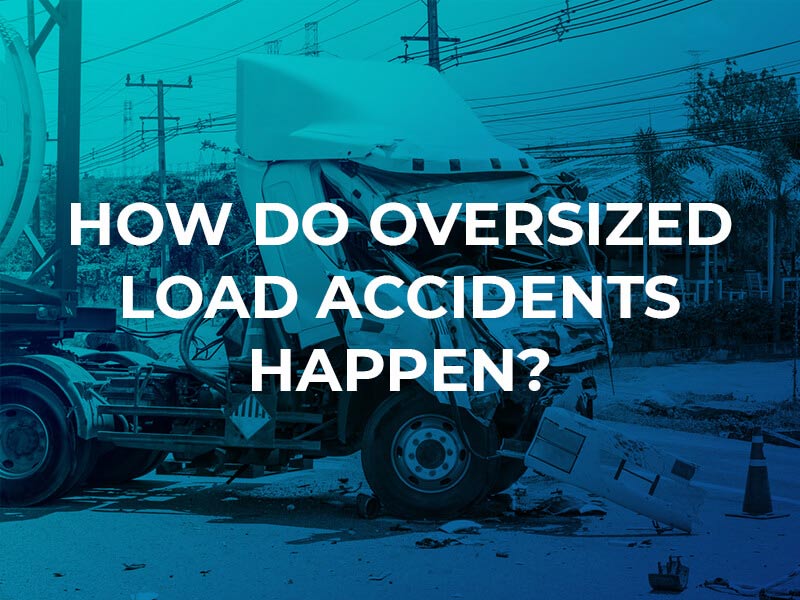Oversized Load Accidents
Most people have driven down the road and been forced to slow down or wait for a semi-truck carrying an oversized load to go by. These trucks and loads are typically accompanied by escort vehicles. In reality, oversized load vehicles can be very dangerous for both the truck driver and everyone else on the roadway. Understanding oversized load in Georgia is a step towards staying safe on the roadways.

What is considered an oversized load?
Georgia law tries to balance the interests of public safety with the interests of individuals, companies, and government entities that need to transport large loads from place to place. Under Georgia law, the legal loads for a vehicle are:
- 100 feet in length, including overhand
- Gross vehicle weight of 80,000 pounds maximum
- Width of 8 feet 6 inches
- Heights of 13 feet 6 inches
A routine permit is required for loads over those legal limits. The routine permit will allow for loads:
- Under 120 feet in length
- Gross vehicle weight of under 110,000 pounds
- Width of under 12 feet
- Height of under 14 feet
When larger loads must be transported, a person must obtain a permit, and there will be escort pilot car requirements. Escort pilot cars are required under the following circumstances:
- If the length if over 100 feet but under 125 feet, one rear escort car is required. If the length is over 125 feet, a front and rear escort car is required.
- If the height is over 15 feet six inches, an escort vehicle is required in front of the truck with a height pole.
- On a two-lane roadway with a width of over 12 feet, there must be an escort vehicle behind the truck. On a two-lane roadway with a vehicle over 14 feet 8 inches but under 16 feet, there must be an escort vehicle in front of and behind the truck. On a four-lane roadway with a width of over 12 feet but less than 14 feet 8 inches, there must be a rear escort vehicle. On an interstate with a vehicle over 14 feet 8 inches but less than 16 feet, there must be a rear escort vehicle. Vehicles with loads over 16 feet wide will be decided on a case by case basis.
What are some of the issues that can arise?
The laws are in place to ensure companies operate oversized loads as safely as possible. However, there are times with transportation companies operate with the bare minimum requirements or even ignore the laws.
Ignoring laws or operating carelessly with an oversized load can lead to the vehicle striking the underside of an overpass or bridge, striking other vehicles on the roadway, or striking other stationary objects in the path of the load. This can lead to catastrophic injuries on the roadway. Due to the size and weight of a truck and an oversized load, those in passenger vehicles affected in a crash often suffer from the following:
- Spinal cord injuries
- Traumatic brain injuries
- Broken or dislocated bones
- Loss of or damage to a bodily organ
- Dismemberment or amputation
- Significant disfigurement
- Other injuries that inhibit a person’s daily activities
Tips for driving around an oversized load?
If you are driving on any roadway and are near an oversized load, you need to take precautions. If possible, choose another route from the one being used by the truck. Stay well away from the rear of the oversized load so you have time to react if anything happens in front of you. Do not try to pass the oversized load or drive beside the vehicle.